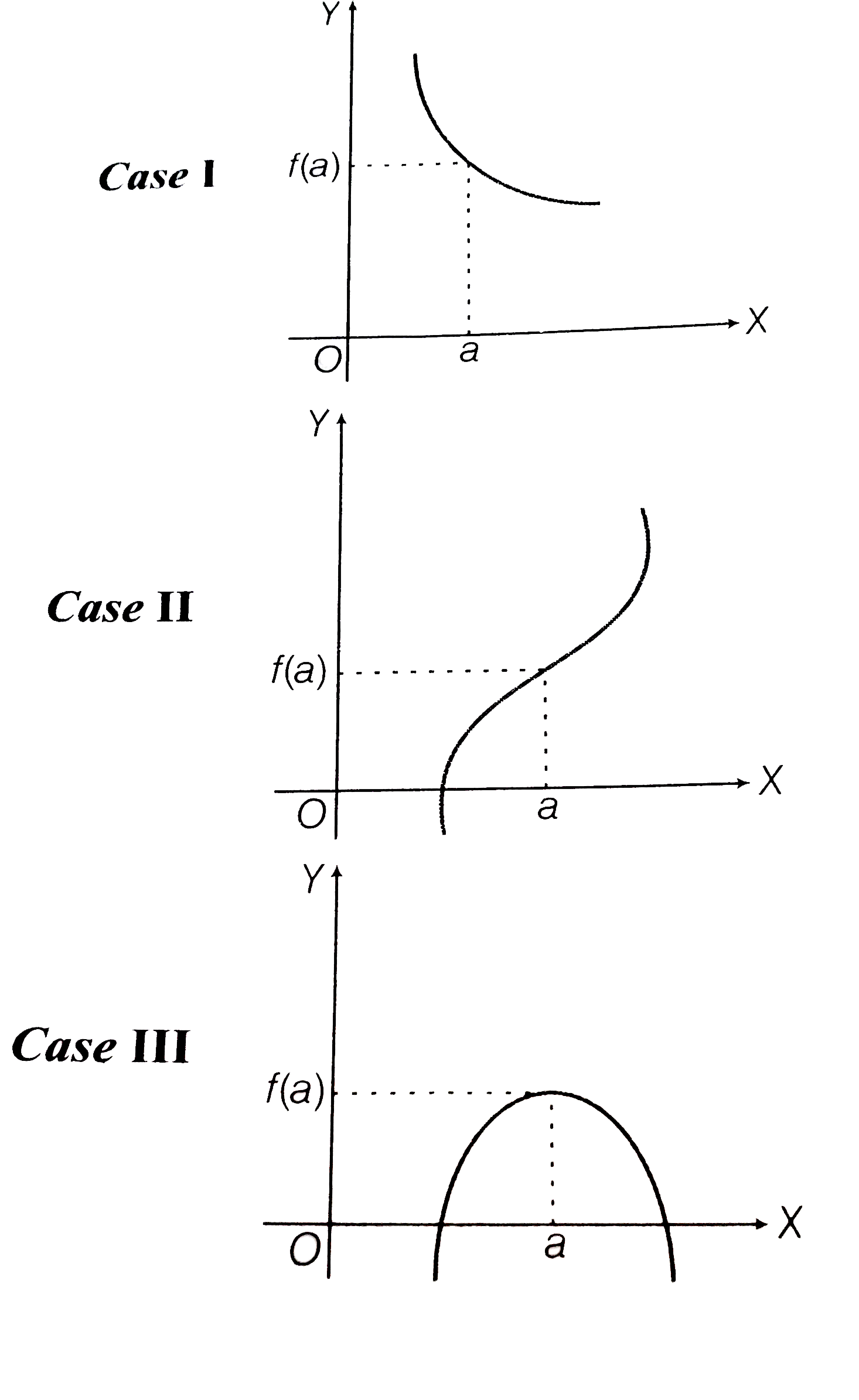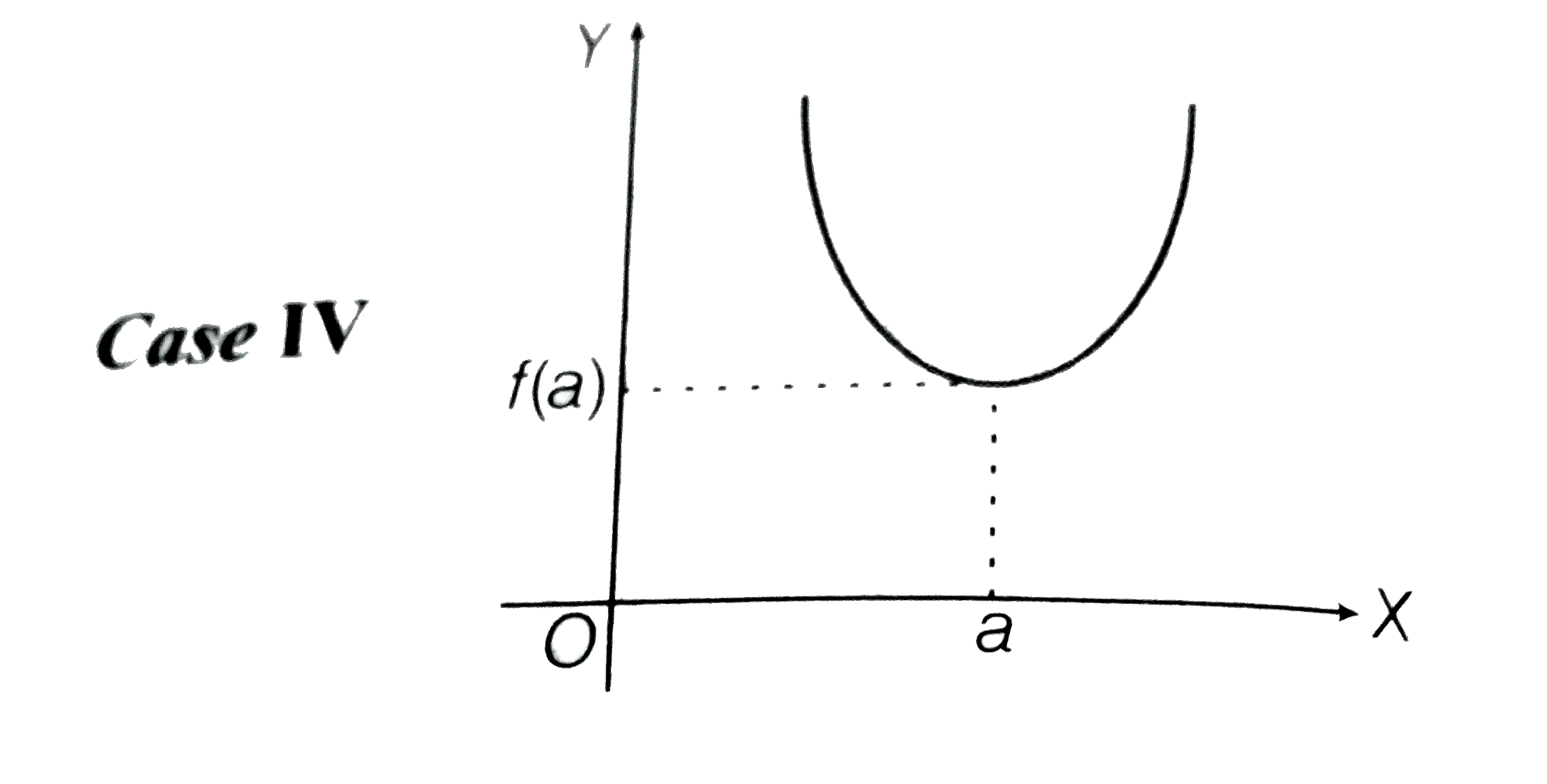Statement 1 limm→∞limn→∞{sin2mn!πn}=0m,nεN,when x is rational.
Statement 2 When n→∞ and x is rationaln!x is integer.Solution in Punjabi
(a)Statement 1 is true, Statement 2 is true, Statement 2 is correct explanation for statement 1.
(b)Statement 1 is true, Statement 2 is true, Statement 2 is not the correct explanation for statement 1.
(c)Statement 1 is true, Statement 2 is false
(d)Statement 1 is false, Statement 2 is true
Step by step video & image solution for Statement 1 lim_(mtooo)lim_(n tooo){sin^(2m)n!pin}=0m, n epsilonN,when x is rational. Statement 2 When n to oo and x is rationaln!x is integer. by Maths experts to help you in doubts & scoring excellent marks in Class 12 exams.
Updated on:21/07/2023Topper's Solved these Questions
- LIMITSBOOK - ARIHANT MATHSCHAPTER - LIMITSEXERCISE - SOLVED EXAMPLES
1 Video
- LIMITSBOOK - ARIHANT MATHSCHAPTER - LIMITSEXERCISE - Exercise (Single Option Correct Type Questions)
38 Videos
- INVERSE TRIGONOMETRIC FUNCTIONSBOOK - ARIHANT MATHSCHAPTER - INVERSE TRIGONOMETRIC FUNCTIONSEXERCISE - Exercise (Questions Asked In Previous 13 Years Exam)
8 Videos
- LOGARITHM AND THEIR PROPERTIESBOOK - ARIHANT MATHSCHAPTER - LOGARITHM AND THEIR PROPERTIESEXERCISE - Exercise (Questions Asked In Previous 13 Years Exam)
4 Videos
Similar Questions
To evaluate limx→a[f(x)], we must analyse the f(x) in right hand neighbourhood as well as in left hand neighbourhood of x=a. E.g. In case of continuous function, we may come across followign cases.


Iff(a) is an integer, the limit will exist in Case III and Case IV but not in Case I and Case II. If f(a) is not an integer, the limit exists in all the cases. ltbgt If f'(1)=−3 and limx→1[f(x)−12] does not exist, (where [.] denotes the greatest integer function), then
View Solutionlimx→0sin(πcos2(tan(sinx)))x2 is equal to
View SolutionIf α=3sin−1(611andβ=3cos−1(49), where the inverse trigonometric functions take only the principal values, then the correct options (s) is (are)
View SolutionIn Which quadrant Point (−2,−3) will be lie.
View Solutionlim_ (x rarr1) (lim_ (n rarr oo) [n ^ (2) (x ^ ((1) / (n)) - x ^ ((1) / (n + 1))) / (x ^ ( 3) -1)])
View SolutionIf n is not an integer lim_ (n rarr oo) (1) / (1 + n sin ^ (2) (pi x))
View SolutionThe area of the triangle having vertices (-2,1),(2,1) and lim_(m rarr oo)lim_(n rarr oo)cos^(2m)(n!pi x);x is rational,lim_(m rarr oo)lim_(n rarr oo)cos^(2m)(n!pi x); where x is irrational) is:
View Solutionlimn→∞xnn!
View SolutionStatement 1: If is a sequence such that a_(1)=1 and a_(n+1)=sin a_(n), then lim_(n rarr oo)a_(n)=0. Statement 2:sin cex>sin x AA x>0
View Solutionlim_ (x rarr0 ^ (+)) {lim_ (n rarr oo) ([1 ^ (2) (sin x) ^ (x)] + [2 ^ (2) (sin x) ^ (x)] +. ..... * [n ^ (2) (sin x) ^ (x)]) / (n ^ (3)))}
View Solutionlim_ (n rarr oo) n ^ (2) (x ^ ((1) / (n)) - x ^ ((1) / (n + 1))), x> 0
View SolutionIf limn→∞n.2nn(3x−4)n+n.2n+1+2n=12 where nεN then the number of integers in the range of x is
View Solutionlimx→∞xn+anxn−an=________.
View Solutionlimx→axn−anx−a=nan−1,যেখানে n যে-কোনো মূলদ সংখ্যা|
View Solutionlimn→∞1n2 (1+2+…+n) is equal to
View SolutionLet f(x)=limm→∞{limn→∞cos2m(n!πx)}, where x∈R. Then prove that f(x)={1,if x is rationaland0,if x is irrational
View Solution